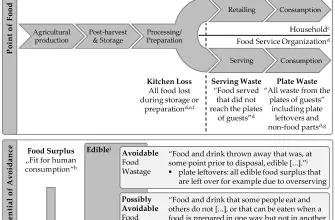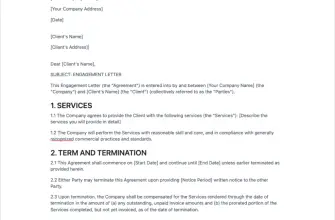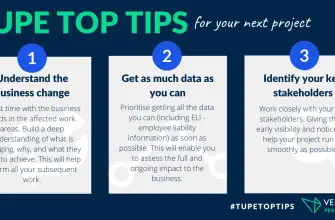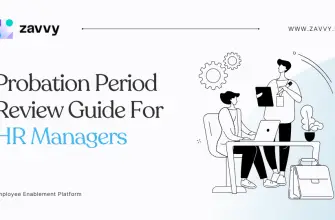As the world continues to grapple with the effects of the COVID-19 pandemic, businesses and organizations are redefining their work models to adapt to the new normal. One such model that has gained significant traction is hybrid working. But what is the definition of hybrid working? Hybrid working, also known as working hybrid, is a flexible work model that allows employees to split their time between working remotely and working in a physical office. This article delves into the hybrid working meaning, its pros and cons, and its relevance in the post-pandemic era.
Understanding Hybrid Working
The definition of hybrid working is a blend of remote and in-office work. In this model, employees have the flexibility to work from home for part of the week and spend the rest of the week working from a physical office. The hybrid work definition is not one-size-fits-all; it varies from one organization to another, depending on their specific needs and circumstances.
Hybrid working is not a new concept; it has been around for years. However, the COVID-19 pandemic has accelerated its adoption as businesses strive to maintain productivity while ensuring the safety and well-being of their employees. So, what does hybrid working mean in the post-pandemic era? It means a shift from the traditional 9-to-5 office work to a more flexible and balanced work model that caters to the diverse needs of employees.
Pros of Hybrid Working
Hybrid working offers numerous benefits to both employers and employees. Here are some of the key advantages:
- Flexibility: Hybrid working provides employees with the flexibility to balance their work and personal life. They can work from home when they need to focus on a project without distractions, and they can go to the office when they need to collaborate with their colleagues.
- Increased productivity: Studies have shown that employees are more productive when they have the flexibility to work from where they are most comfortable. This is one of the key reasons why many organizations are embracing the hybrid work model.
- Cost savings: Hybrid working can lead to significant cost savings for businesses. They can save on office space, utilities, and other overhead costs. Employees can also save on commuting costs.
- Improved employee well-being: By reducing commute times and allowing employees to work in a comfortable environment, hybrid working can improve employee well-being and job satisfaction.
Cons of Hybrid Working
Despite its numerous benefits, hybrid working also has its challenges. Here are some of the potential downsides:
- Communication challenges: Hybrid working can lead to communication challenges, especially if not all team members are in the office at the same time. This can lead to misunderstandings and miscommunications.
- Difficulty in maintaining company culture: With employees working remotely for part of the week, it can be challenging to maintain a strong company culture. It requires extra effort to ensure that remote employees feel included and engaged.
- Managing performance: It can be more challenging to manage and monitor employee performance in a hybrid work model. Employers need to trust their employees to work independently and be productive.
- Security risks: With employees working remotely, there can be increased security risks. Businesses need to ensure that they have robust security measures in place to protect sensitive data.
Hybrid Working in the Post-Pandemic Era
In the post-pandemic era, hybrid working is likely to become the norm rather than the exception. Businesses have realized that it is possible to maintain productivity and efficiency while offering employees the flexibility to work from home. Moreover, employees have also expressed a preference for this model, as it allows them to balance their work and personal life better.
However, for hybrid working to be successful, businesses need to have clear policies and guidelines in place. They need to invest in the right technology to facilitate seamless communication and collaboration. They also need to ensure that they have robust security measures in place to protect sensitive data.
In conclusion, the definition of hybrid working is a flexible work model that combines remote and in-office work. While it has its challenges, the benefits it offers to both employers and employees make it a viable work model in the post-pandemic era. As businesses continue to navigate the new normal, hybrid working is likely to play a crucial role in shaping the future of work.









